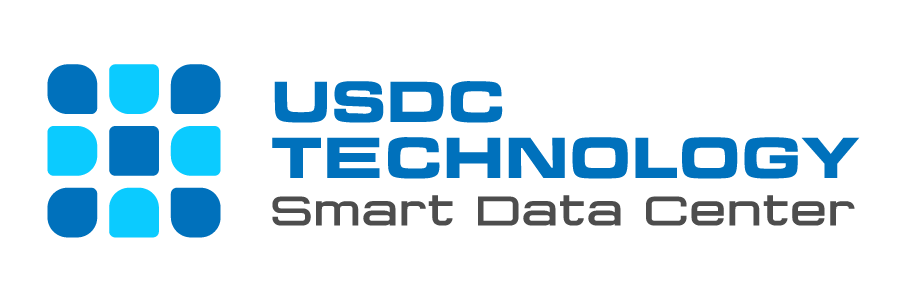Over the last three decades, the server and data center market have witnessed swift expansion, propelled by the rising demand for AI technologies and the evolution of GPUs and CPUs. This surge has introduced some of the world’s most formidable computers, accompanied by a host of challenges related to maintenance costs, sustainability, and operational efficiency.
In navigating this period of growth, it has become increasingly clear that addressing sustainability concerns is crucial without causing disruptions to the overall functioning of data centers. Traditional cooling technologies have struggled to keep pace with the continuous advancements in CPUs and GPUs, presenting a central challenge: how to efficiently cool the influx of new, potent AI server technology while simultaneously maintaining the cost-effectiveness and efficiency of data centers.
The most recent state-of-the-art liquid cooling infrastructure is positioned to confront this challenge directly. Meticulously designed and tested innovative solutions have been engineered to support high-density and high Thermal Design Power (TDP) CPUs and GPUs. These solutions have undergone thorough validation and testing procedures at various levels, including system, rack, and cluster evaluations. This meticulous process ensures a level of consistency and reliability crucial for sustaining the growth of the data center industry.
The collaborative efforts within the industry to adopt liquid cooling signify an upward trajectory for the data center sector. According to a Dell’Oro Group study, “liquid cooling is projected to grow from a mere 5% of the data center thermal management market to 19% by 2026.” This transition not only enables the industry to keep pace with advancing technology but also addresses numerous emerging concerns within data centers, marking a significant stride toward a more sustainable and efficient future for data centers.
Cost Management
As the data center industry experiences significant growth, the accompanying operational expenses have risen considerably. The surge in power demands for AI applications and large language models is a major contributor to the escalating financial costs. Modern data centers face ongoing increases in expenses due to high energy consumption, electricity prices, infrastructure upgrades, hardware maintenance, and other facility-related costs.
The growing necessity for liquid cooling has expanded the available options, potentially making liquid cooling more cost-effective and widely accessible. Traditional air-conditioning systems (CRAC or HVAC) consume substantial amounts of power for cooling, resulting in inefficiencies when comparing power costs to performance efficiency.
The integration of liquid cooling solutions proves to be a effective strategy for achieving cost efficiencies in data centers. Companies that have adopted liquid cooling technologies witness a notable reduction in overall energy consumption (measured as a decrease in PUE), translating to lower electricity bills.
Liquid cooling, being hundreds of times more efficient than air cooling for heat removal, not only mitigates the inefficiencies associated with power consumption in traditional setups but also enhances overall efficiency by managing temperature control through water-based cooling infrastructure. Despite higher initial expenditures, the long-term benefits of reduced operational costs and improved energy efficiency position next-generation liquid cooling solutions as the optimal choice for data centers in 2024 and beyond
Sustaining Operational Effectiveness
Liquid cooling emerges as a crucial factor in enhancing the operational efficiency of data centers, specifically addressing the challenge of managing heat generated by high-performance computing systems. In contrast to conventional air-cooling methods, liquid cooling offers a more efficient and targeted approach to heat management, ensuring CPUs and GPUs operate within optimal temperature ranges.
The utilization of liquid cooling enables data centers to achieve higher levels of computing power without compromising efficiency or performance. The enhanced thermal performance of liquid cooling solutions facilitates higher server density within the data center, optimizing the utilization of physical space. This not only results in a more condensed and efficient infrastructure but also allows for the deployment of more reliable computing resources in the same space with minimal additional power requirements for cooling.
Beyond temperature control, the adoption of liquid cooling yields various benefits, including optimizing equipment utilization and reducing electricity expenses. Thanks to a decade of technological advancements and economies of scale, liquid cooling deployments have become more affordable and sophisticated than ever before. Coupled with the surge in generative AI applications driving High-Performance Computing (HPC) and Hyper-Converged Infrastructure (HCI) in data centers, liquid cooling is poised to transition from a niche technology to mainstream adoption across the industry.
Media Contact
Universal Smart Data Center Technology
Phone: (+84) 28 73080708
Email: info@usdc.vn


